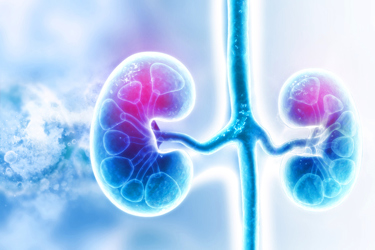Organoids And Organ Regeneration: Cracking The Code

Organoids have had a profound effect on our understanding of human biology—particularly in his field, regenerative medicine.
As in vitro models that mimic in vivo conditions, stem cell organoid disease models have helped Beno Freedman, Ph.D., and his lab at the University of Washington create biological scenarios that could someday crack the code on organ regeneration.
That's just one example of how organoids can help researchers crack open the black box of disease pathologies to discover possible regenerative solutions. Organoids offer promise for virtually every organ in the human system, but the kidney is especially dear to Freedman. After watching his uncle battle kidney disease, he saw the need to improve nephrology with organoid models.
In the short term, using organoids in the lab achieves pharmacological objectives—that is, it helps researchers find a curative mix of therapies based on a patient's makeup. But then there's the million-dollar question: When will people not need drugs because they can just get a new organ made from their own cells?
We might still be decades away from organ regeneration, but organoids have helped researchers bridge gaps in pathologies and therapies for a myriad of diseases.
Get unlimited access to:
Enter your credentials below to log in. Not yet a member of Bioprocess Online? Subscribe today.
